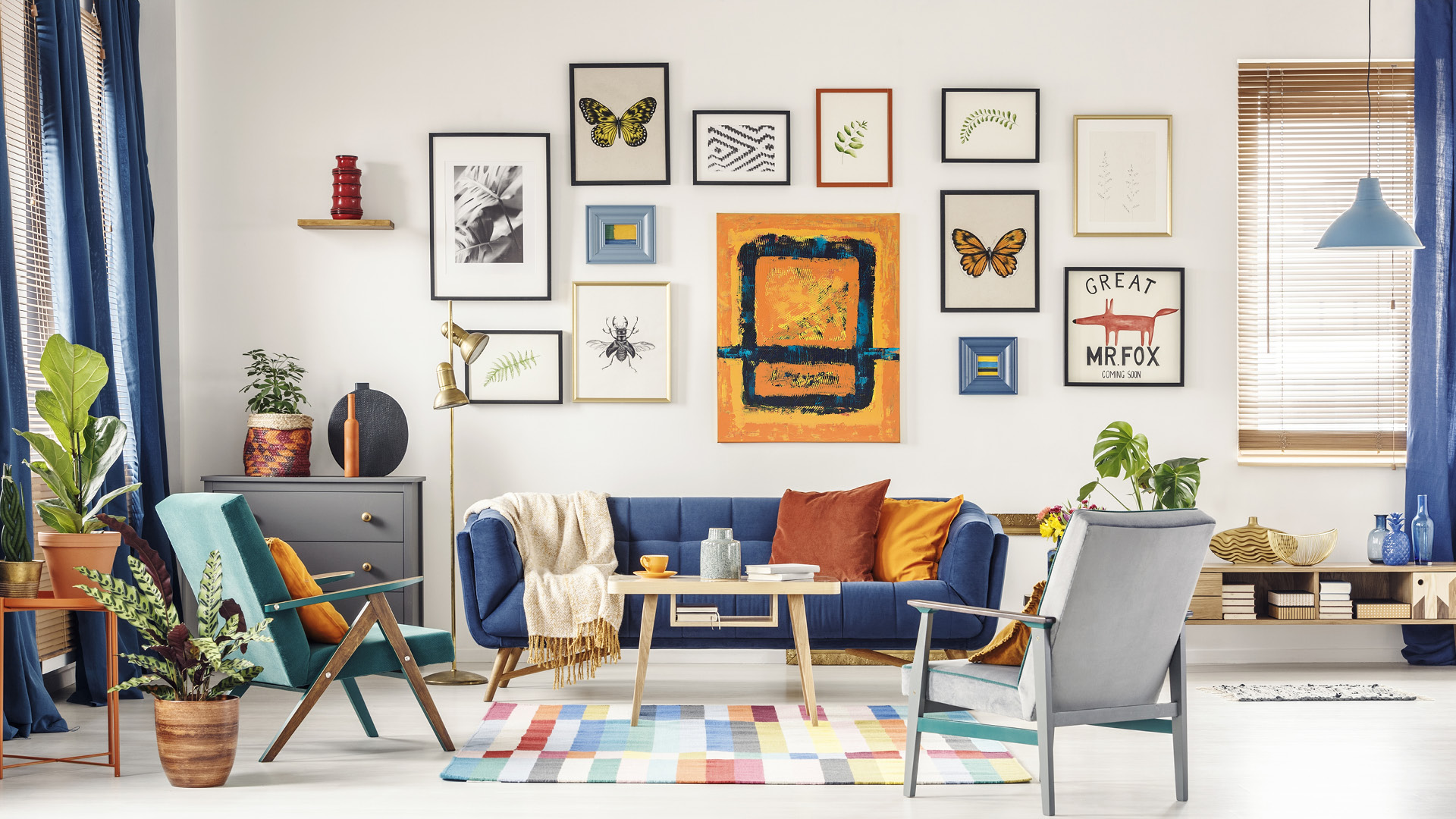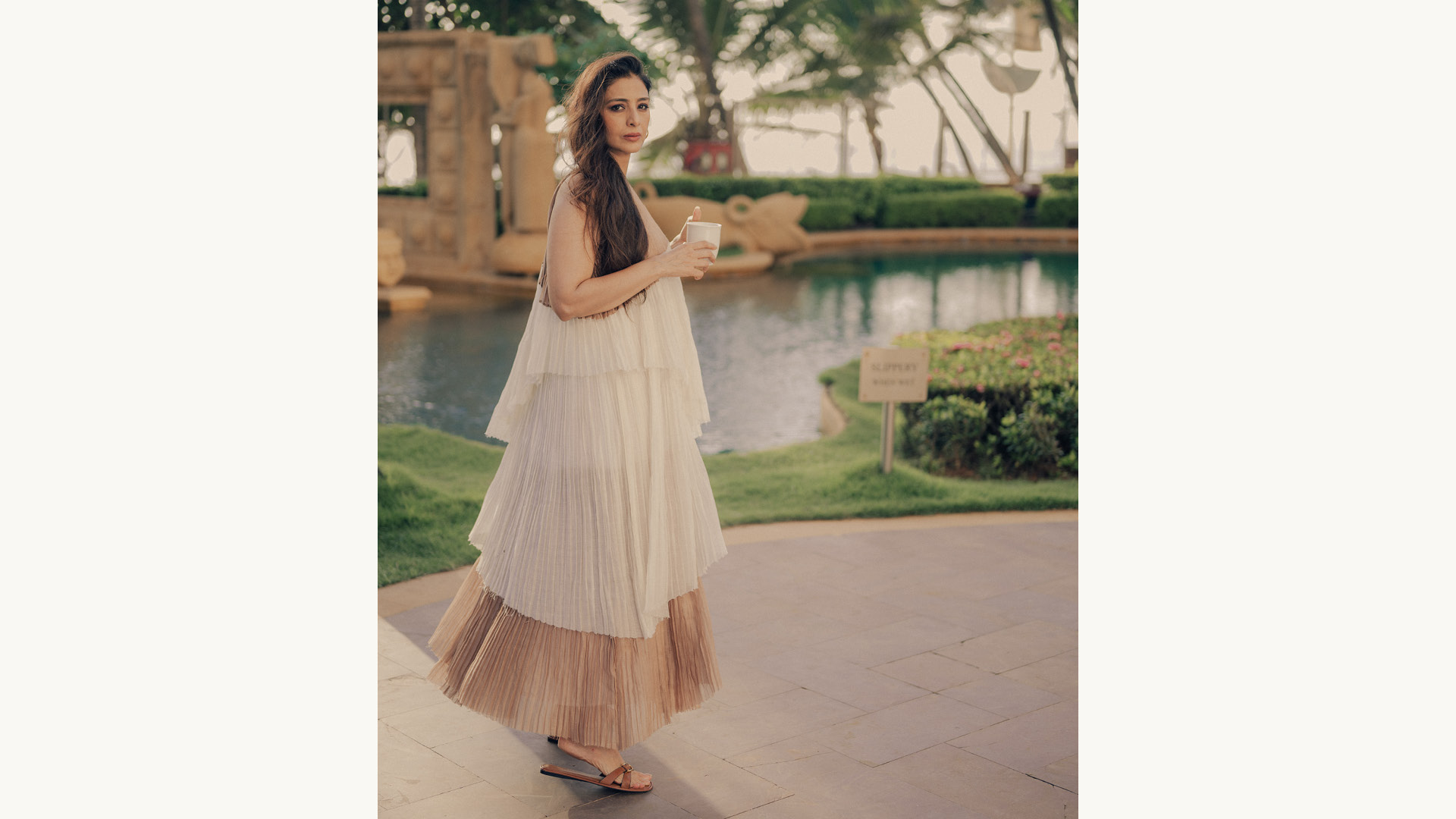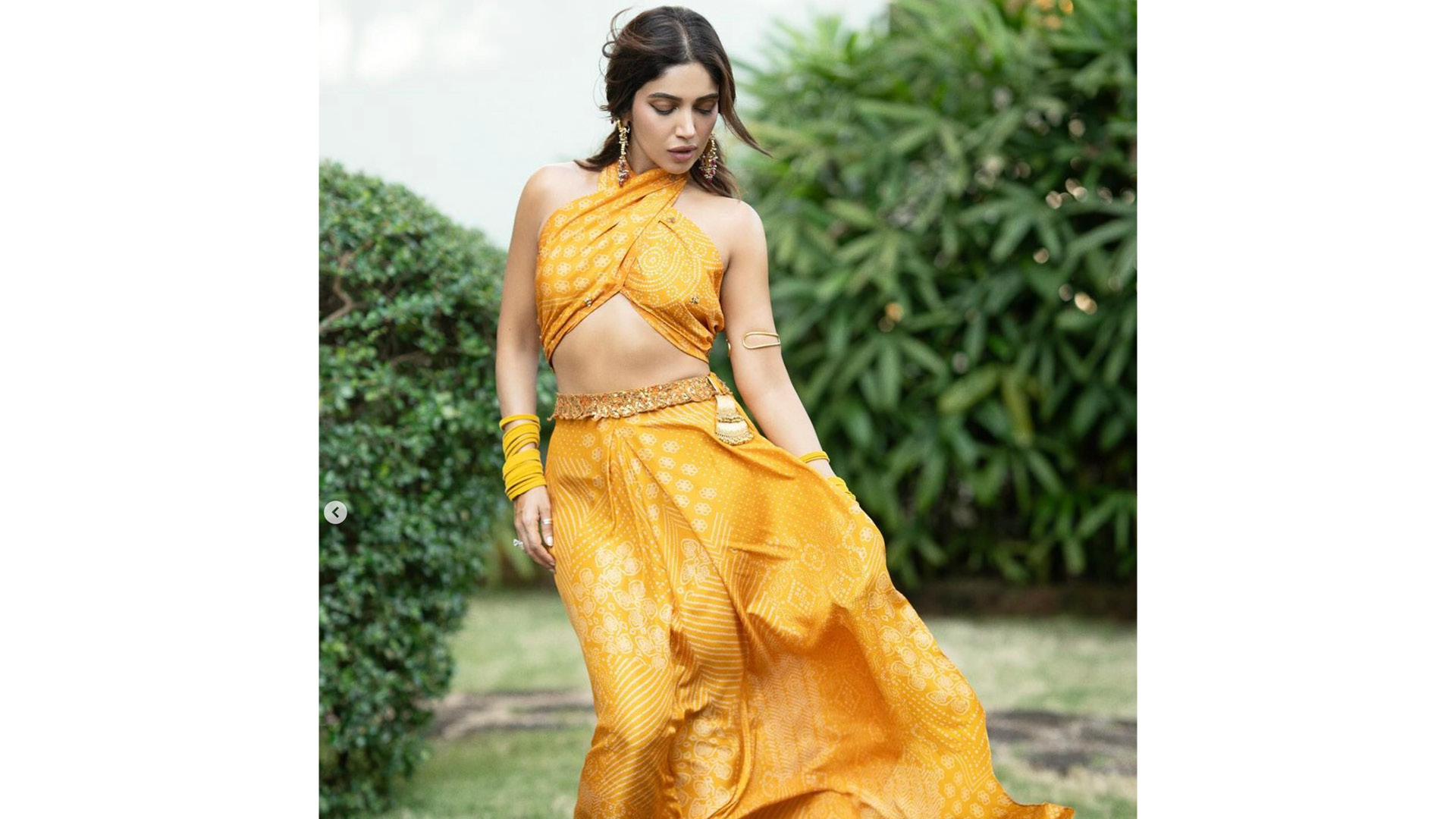The visionaries behind Lotus Arts de Vivre, an internationally revered design brand, the von Buerens share a special insight into their luxurious, one-of-a-kind creations of rare and exquisite beauty.
By SHAHNAAZ BAKSHI
A certain Alice in Wonderland sense of being enveloped me as I entered the gates of the von Bueren residence in Bangkok, and found myself in a forested oasis. Narrow pathways, winding through canopied trees, led to charming wooden bridges curving over ponds, as the call of peacocks filled the serene ambience. Here was romance and tradition encased in an elegant vision. A theme that defines the very essence of Lotus Arts de Vivre, famed for its range of bespoke handbags, jewellery, objets d’art, and home décor products. I sat with Rolf von Bueren, co-founder of this artistic firm, and his son, Nicklas, CEO, for an exclusive interview about their ethos and inspirations.
You came to Thailand from Germany in 1962, at the age of 22. When did you decide to make this your home?
Rolf: Pretty fast! I grew up in post-war Germany as the son of an impoverished noble family. It was a very difficult period. No one can imagine what a war—a lost war—can do to a nation, and the grimness of the situation. And then I came to this country where everything was ‘play’. I liked the Thai way of living. The people are polite and very socially skilled. Then I met my wife Helen (of Thai-Scottish heritage), the pioneer of our company. I realised soon this was my home.
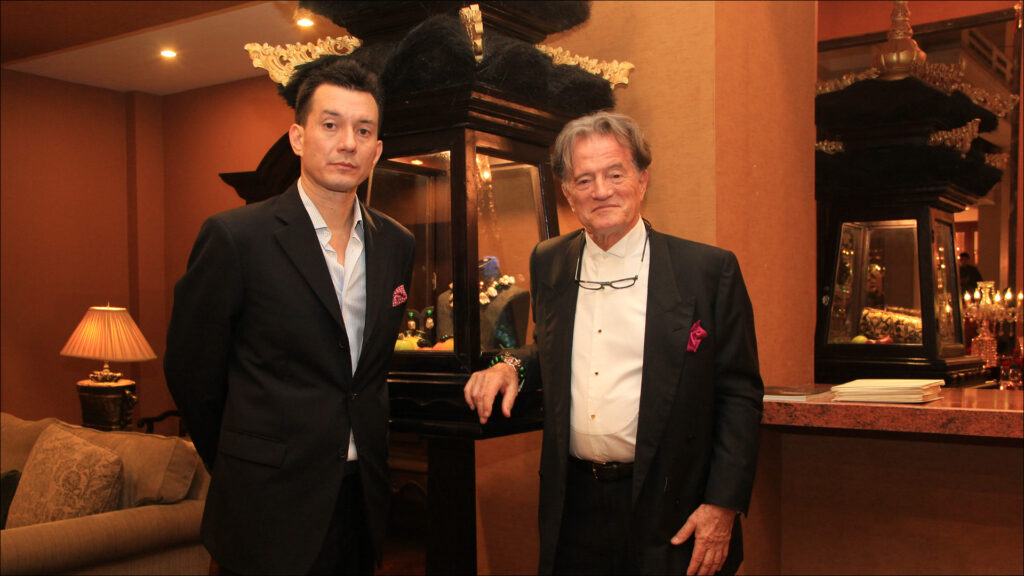
Did being a “foreigner” help you appreciate Southeast Asian artistry?
Rolf: Helen and I travelled through this region a lot in those early years. We went to Kolkata, Bali, and many other cities. It really expanded my horizons. When you are a foreigner, you see a lot of things others don’t see. Initially, when I saw the Thai temples, I found them too ornate—very unlike European tastes. I soon realised, however, that the artwork here has many layers to it. You uncover
one and find another layer of beauty below it. That’s Asia for you.
How was Lotus Arts de Vivre born?
Rolf: Helen began designing a range of products as a hobby. It grew into a successful enterprise soon! It was then that I stepped in. After 40 years, I’m maybe very good at it. But we still have arguments over designs; over what will work or not.
Your pieces express a wide variety of Southeast Asian artistic traditions.
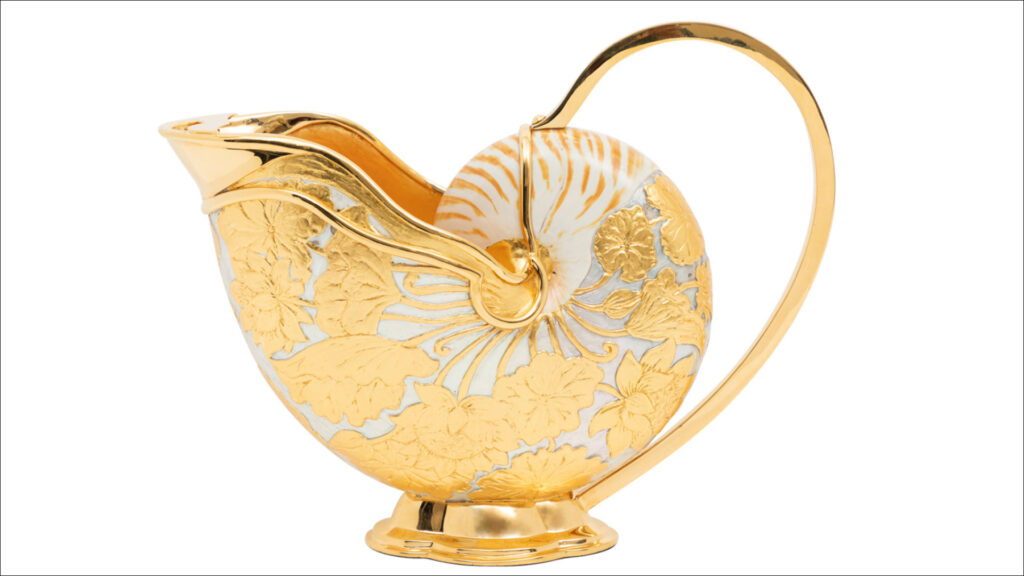
Rolf: Our work is a showcase for Asian culture as we use traditional crafts extensively: we go to India for gem cutting and textiles, Indonesia for wood carving, and Japan for lacquer work. Our materials range from iridescent scarabs, coconut shells, precious woods, sea shells, pearls, and so on. And our representatives in Japan, Bali, China, and India are in contact with the craftsmen there. They design the elements, which we then incorporate into our products.
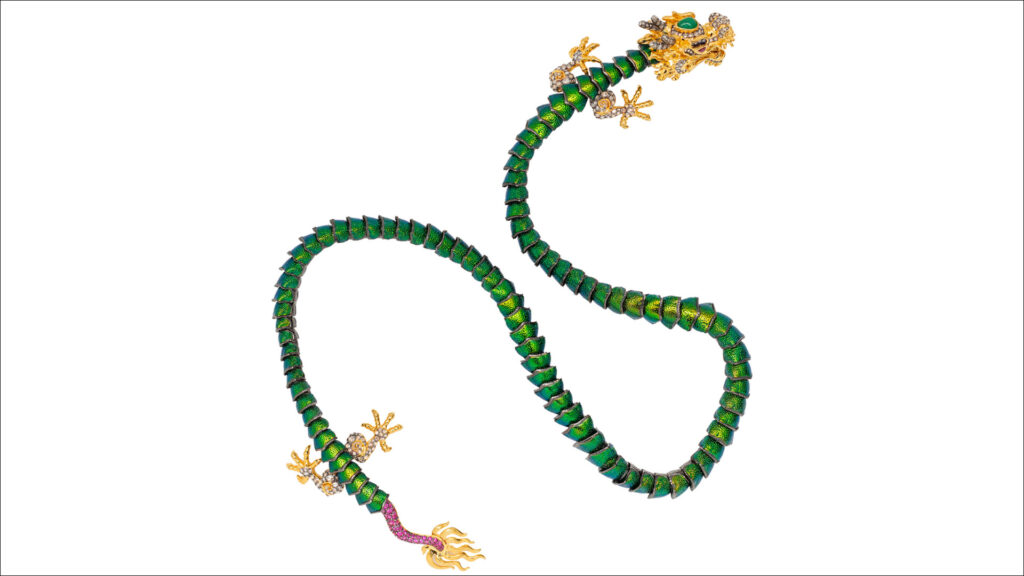
Your favourite Indian craft traditions?
Rolf: Indian textiles are exquisite. And the embroidery is the best in the world. I love the jamewar shawls from Kashmir. We use them to create our handbags. Bidri work (gold inlay work on iron) from Rajasthan is also special. As are kundan settings.
Which is your most-loved piece?
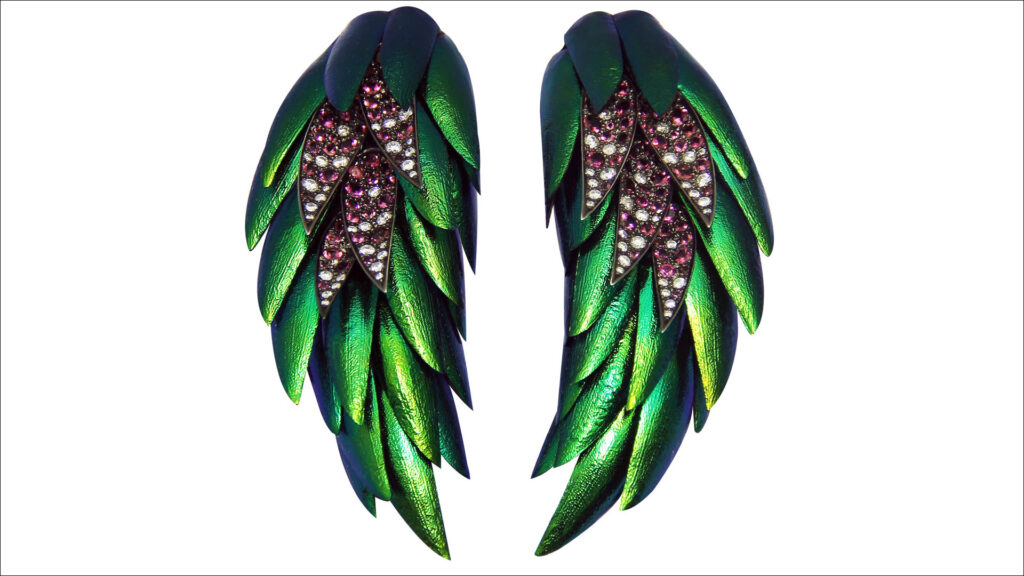
Rolf: I remember an exceptional product we created. I saw something in India shaped like this (holds out his hand with the fingers open wide). It was the structure of a fan, probably carried by a maharaja.
I bought it and converted it into a necklace with diamonds and emeralds. It sold the same day!
Nicklas: My favourites depend more on the materials used. I like scarab-based pieces. The material is so beautiful and elegant. And I like the customised products we create, especially when we see the clientʼs appreciation of the finished piece.
A true Lotus Arts de Vivre experience?
Nicklas: Each of our stores is different, in terms of the products showcased. We have clients who like to visit every store—they never know what theyʼre going to find! Once they find something they like, they form an attachment to it. And when they wear it or present it in their homes, it becomes a conversation piece for its uniqueness. Most are limited-edition, heirloom pieces. When people see it, they know itʼs a Lotus creation. Not because it has the brand logo or name on it. But from its design aesthetic.
A ʻgood designʼ for you?
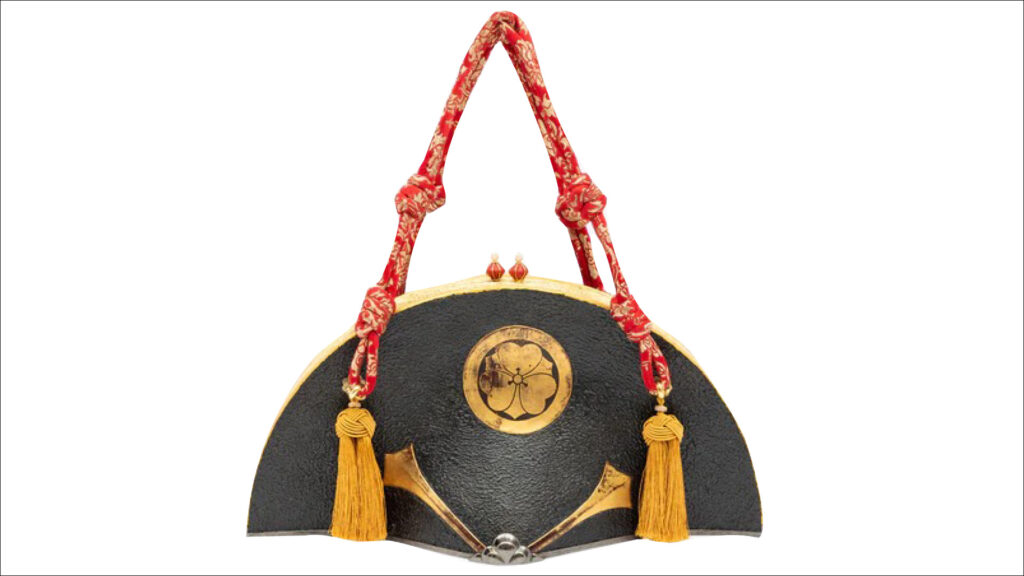
Rolf: In my view, anything about design is proportion. In height, width, and length. And then, we make it unique with the material. For instance, we work with ancient Samurai hats from Japan, which are very expensive items to collect. We fashion these into handbags that are collector pieces.
Nicklas: We all discuss our new designs and try to see what will work. But art is so unpredictable; sometimes something you think is never going to work, does! Iʼve fallen into that trap many times (laughs).
Your bestsellers?
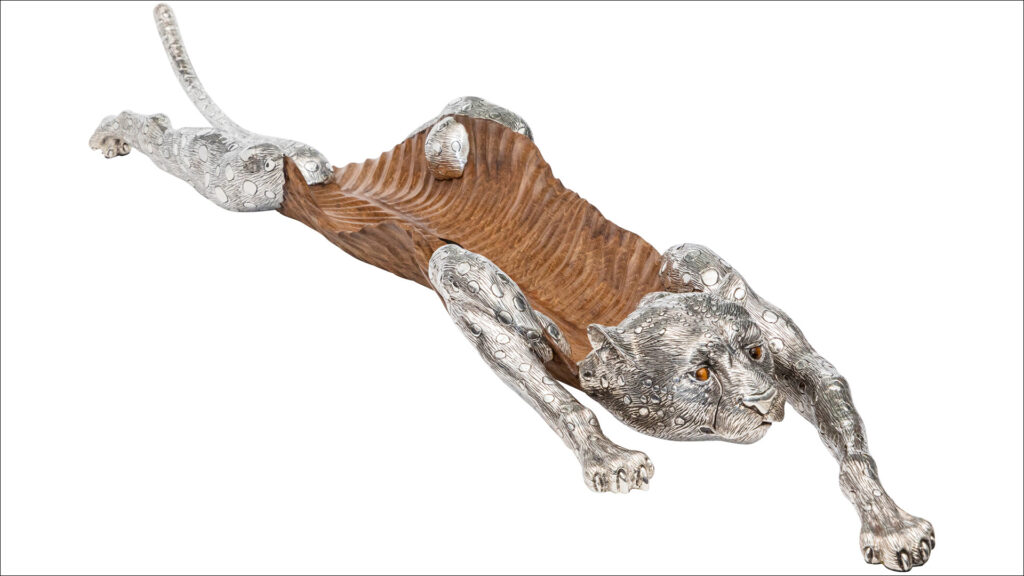
Rolf: Handbags, followed by earrings, rings, and necklaces. Home décor is also very popular. Our statement pieces are worn by the members of high society, royalty, and celebrities across the world, from Bangkok and Dubai to London, New York, and Cannes.
What are the advantages of being a family-run business?

Rolf: Well, you are your own master. I can do crazy things like designing a crocodile riding a motorbike. Youʼre not restricted by any outside partner. And weʼre all very passionate about our business.
And how do you keep this passion going after so many years?
Rolf: Itʼs part of my retirement programme! (laughs).
Related: A Tête-à-Tête With Social Media Influencer Diipa Büller-Khosla On Fashion And Motherhood

